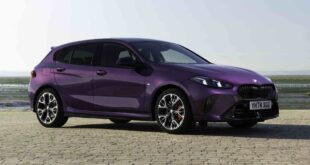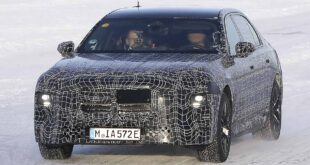Turbo is one of the most thrilling concept cars the Munich design bureau has ever created. To the point that BMW Turbo still steals the spotlight after 50 years.
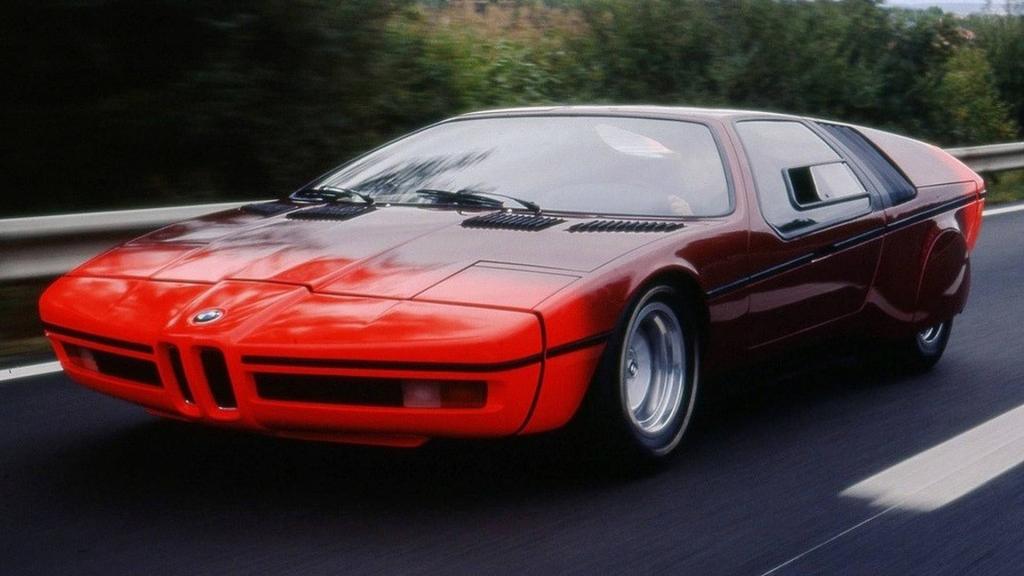
Paul Bracq designed the BMW Turbo with smooth surfaces and elegant lines. It sits extremely low to the ground. And it is the only BMW with huge gull-wing doors and extensive windows. The front end received a back-slanted kidney grille, eventually dubbed the shark nose.
According to Bracq’s team, they also wanted to give exceptional aerodynamic properties to the BMW Turbo. Thus, the front apron houses the indicators and pop-up headlamps. The car looks elegant with the addition of rear-wheel coverings. It also has a thin line around the car that modifies the waistline’s perception. This makes the Turbo appear lower.
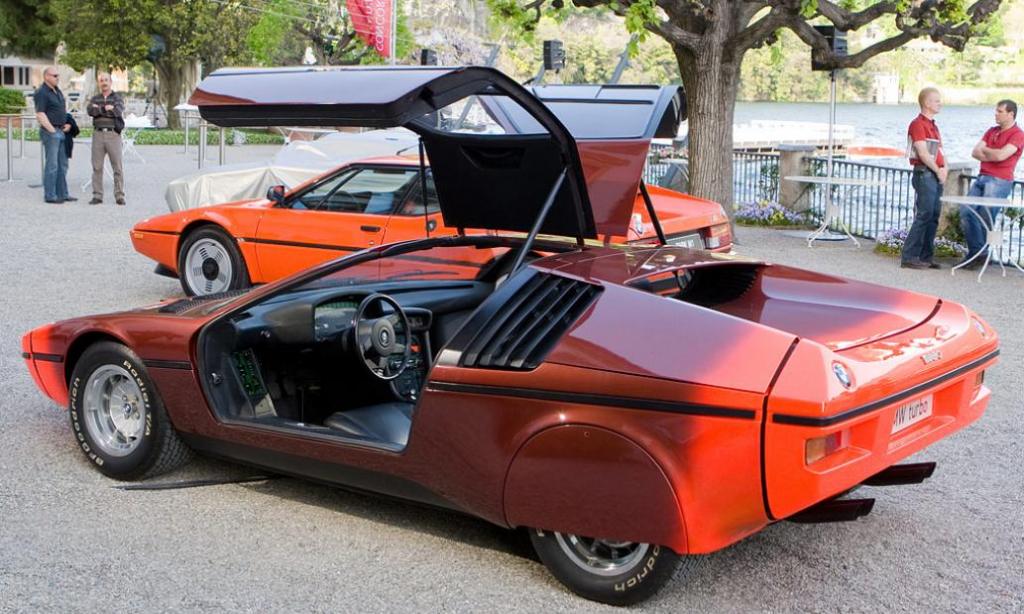
This legendary concept has a 200-hp turbocharged version of the BMW 2002 engine. It has foam-filled front and rear portions to absorb impact. A side-impact beam also comes with it. A braking distance monitor based on radar and a futuristic cockpit complete the package.
The car produced 280 horsepower at 7100 rpm and took 6.6 seconds to accelerate from a standstill to 100 km/h (62 mph). The top speed reaches 250 km/h (155mph).
Another feature of the Turbo that catches our attention is the ABS. It has a radar distance alert system. And a complete passive safety package in addition to ABS and its lateral accelerometer. It also includes safety belts that need to be fastened before starting the car. An added safety feature is the collapsible safety steering column with three Cardan joints.
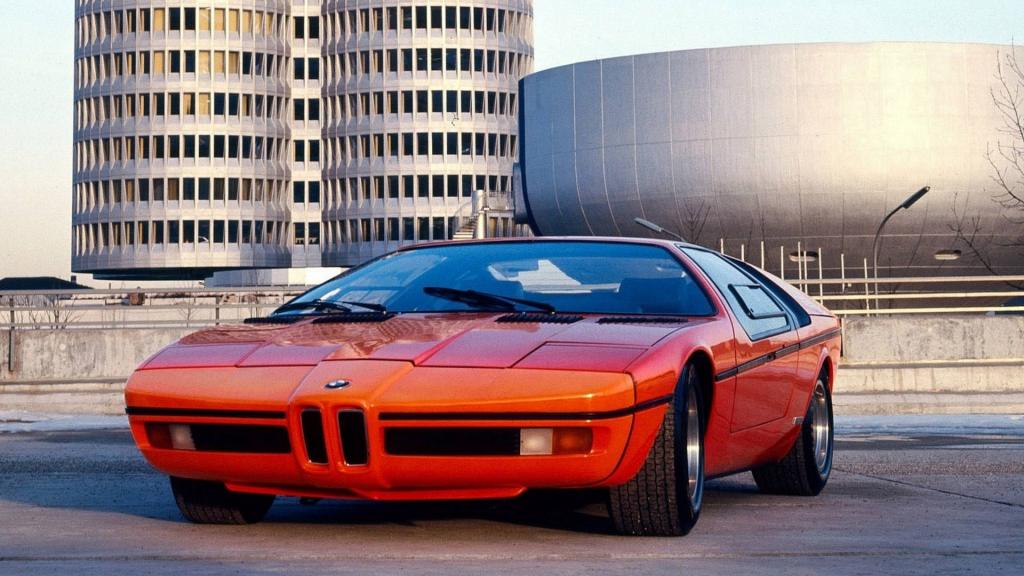
In 1972, the Turbo Concept debuted at the Paris Autosalon. Then debuted again in 1973 at the IAA in Frankfurt. Many of the designs made their way into the BMW M1 supercar. Now after 50 years, the BMW Turbo still steams the spotlight; even beside the BMW M1 production model.
 BMW.SG | BMW Singapore Owners Community The Ultimate BMW Community – Established Since 2001
BMW.SG | BMW Singapore Owners Community The Ultimate BMW Community – Established Since 2001


